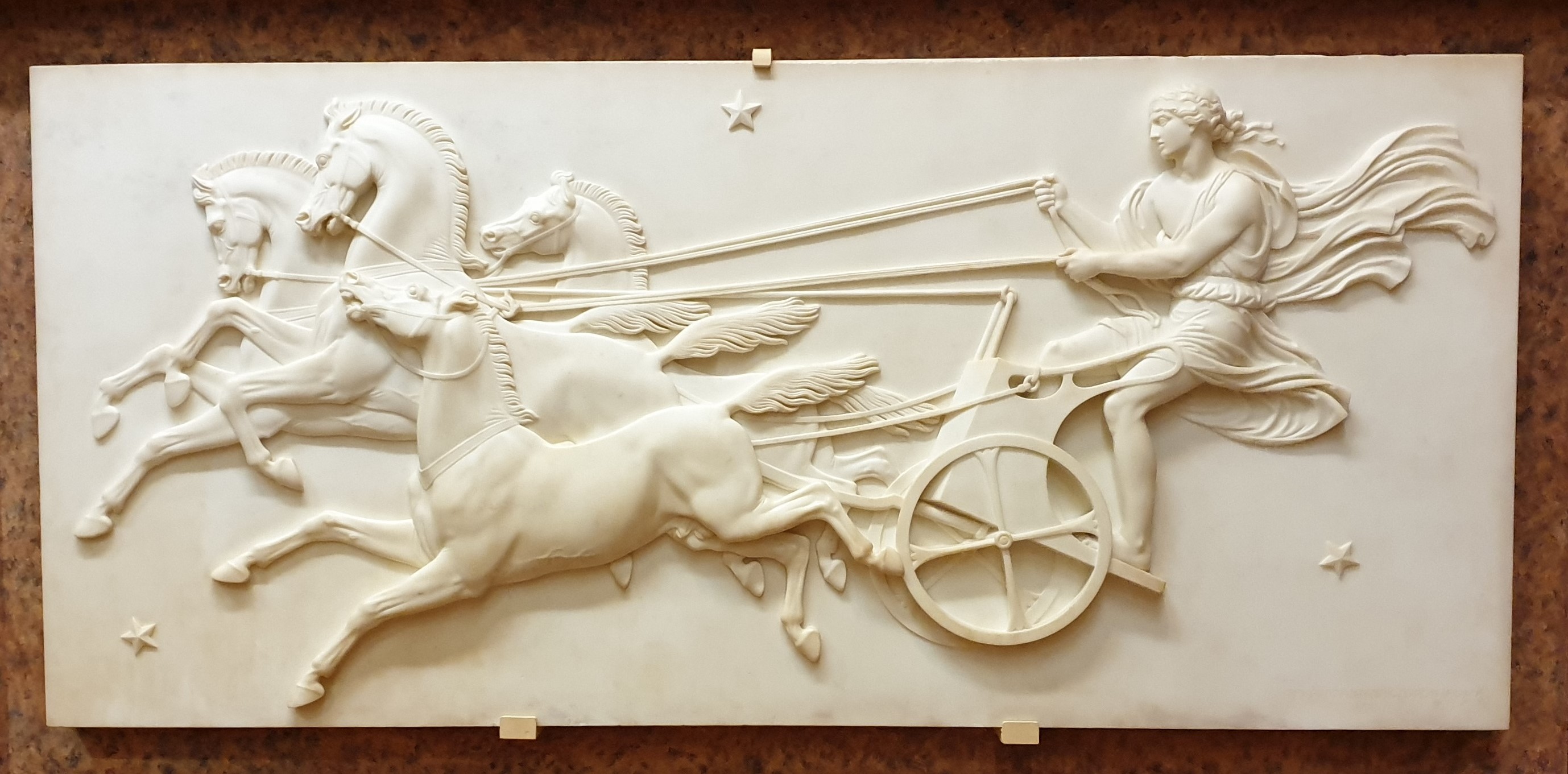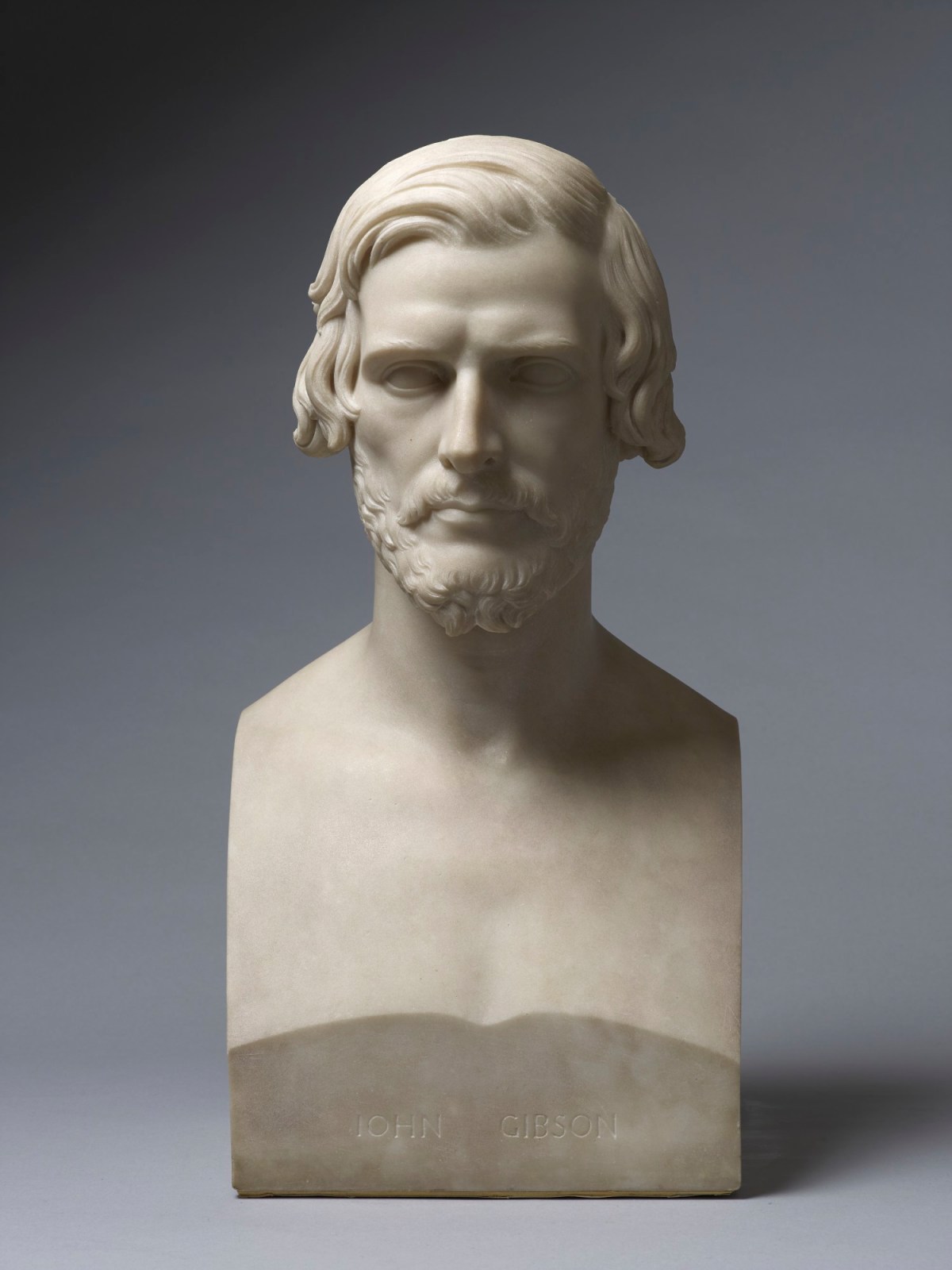Gellir lawrlwytho cynnwys at ddefnydd anfasnachol, megis defnydd personol neu ar gyfer adnoddau addysgol.
Ar gyfer defnydd masnachol cysyllwch yn uniongyrchol gyda deilydd yr hawlfraint os gwelwch yn dda.
Read more about the The Creative Archive Licence.
Disgrifiad
John Gibson at Benarth Holyhead, he was the son of a market-gardener, or landscape-gardener, at Conway, in North Wales, where was born, in 1791. As to is mother, then, he was indebted for the encouragement of his taste, so to her, perhaps, he owed that high integrity of character for which he was ever so remarkable, and the anecdote is of value as showing the influence of woman in forming the future man. Both were persons of high integrity, as is evident from an anecdote which Gibson, with characteristic simplicity, often told in public, and which it is no derogation from his honour to repeat.
Setting up on his own account in 1821, he produced his first important work, group of “Mars and Cupid,” which was much praised by Canova, and was reproduced in marble by the order of the Duke of Devonshire. So perseveringly and successfully did Gibson labour, that when Mrs. Jameson visited Rome, he had already acquired a name. In her "Diary of an Ennuyée," published in 1826, speaking of the visit, she says: "Gibson, the celebrated English sculptors, joined us while looking at the Aegeria Marbles. He afterwards took us round his own studio, his exquisite group of Psyche borne away by the Zephyrs enchanted me. Gibson was Canova's favourite pupil, he has quite the air of a genius; plain features, but a countenance all beaming with fire, spirit, and intelligence."
His next production was “Psyche and the Zephyrs,” for the late Sir George Beaumont. Copies of this group were executed for Prince Torlonia and the Grand Duke of Russia. After the death of Canova, Gibson did not disdain again become learner, and accordingly was for a time pupil under Thorvaldsen. Thus, trained under the two master minds of modern sculpture, entered his career with a hand and a mind more thoroughly disciplined than perhaps any other English sculptor, yet without losing anything of his originality or individual character.
Image 1: courtesy of the National Museum Wales, Cardiff: John Gibson, Phaeton Driving the Chariot of the Sun
Image 2: courtesy of the Royal Academy of Arts: William Theed [Jr], Bust of John Gibson, R.A., 1868.







Oes gennych chi wybodaeth ychwanegol am yr eitem hon? Gadewch sylwad isod
Sylwadau (0)
Rhaid mewngofnodi i bostio sylw